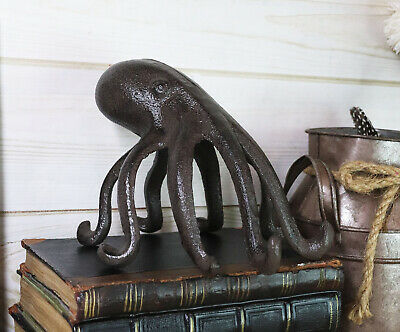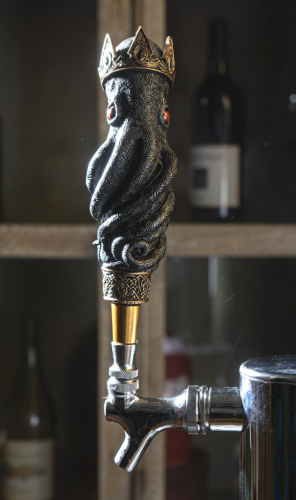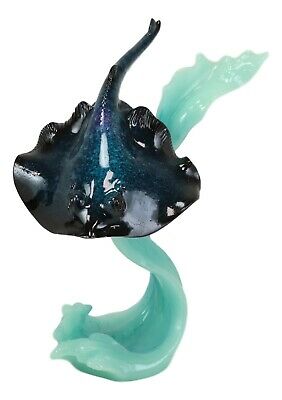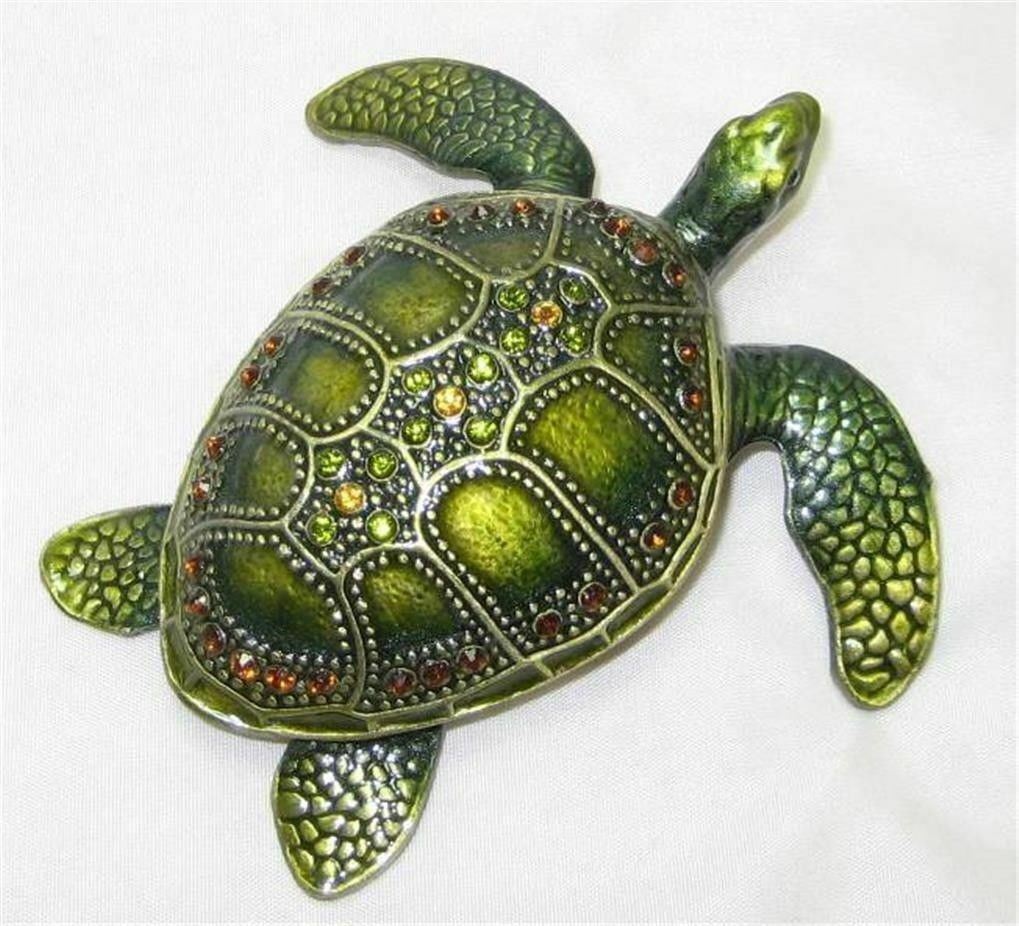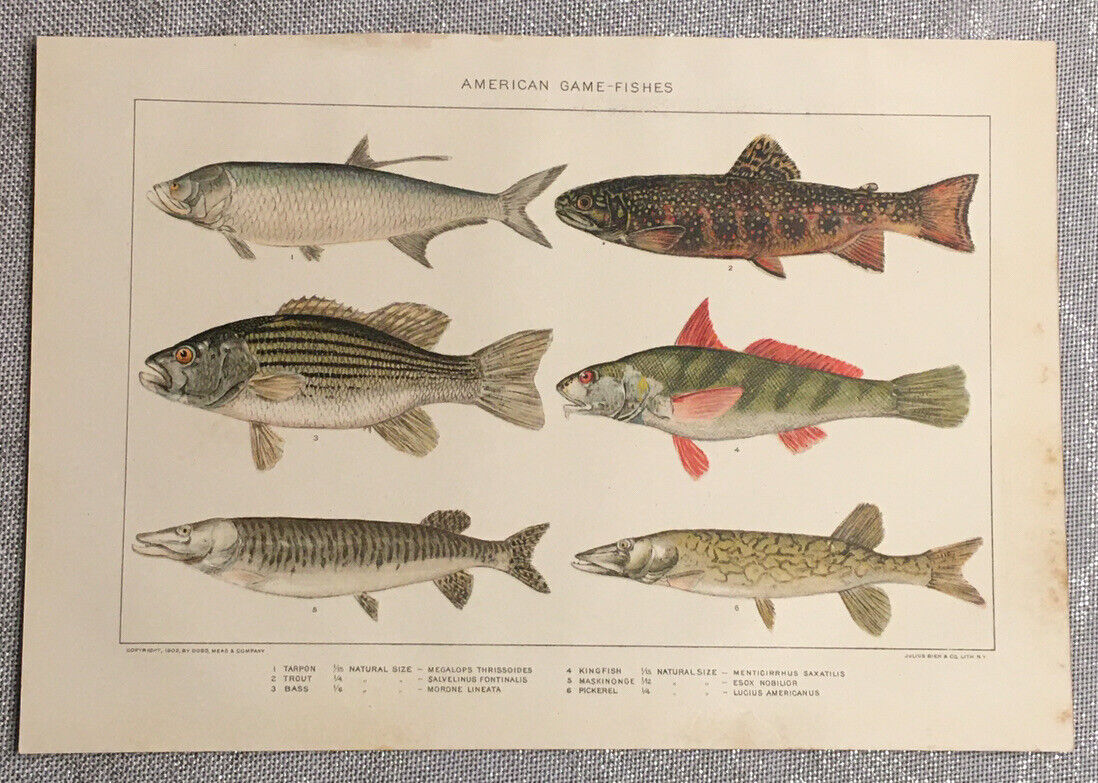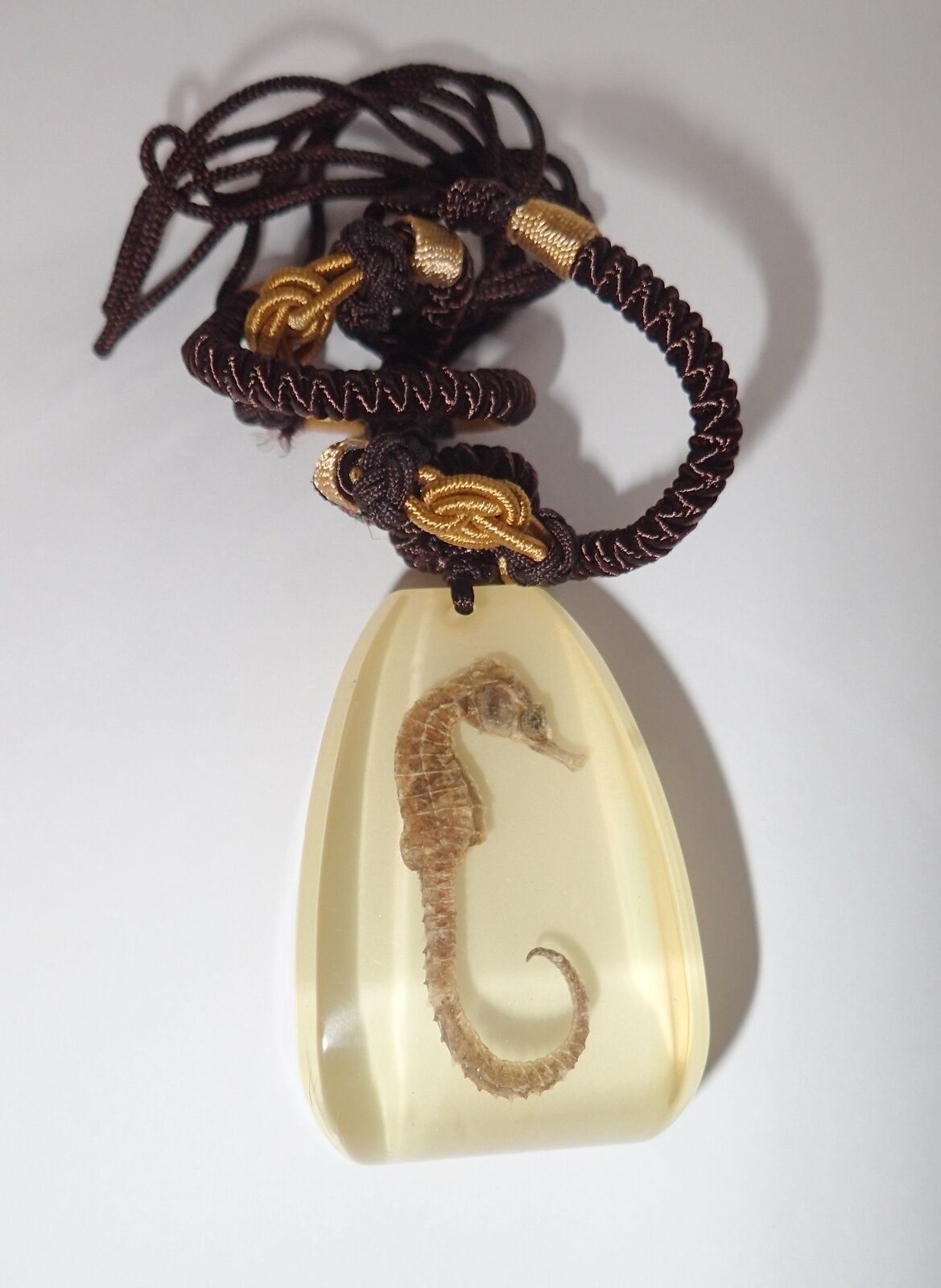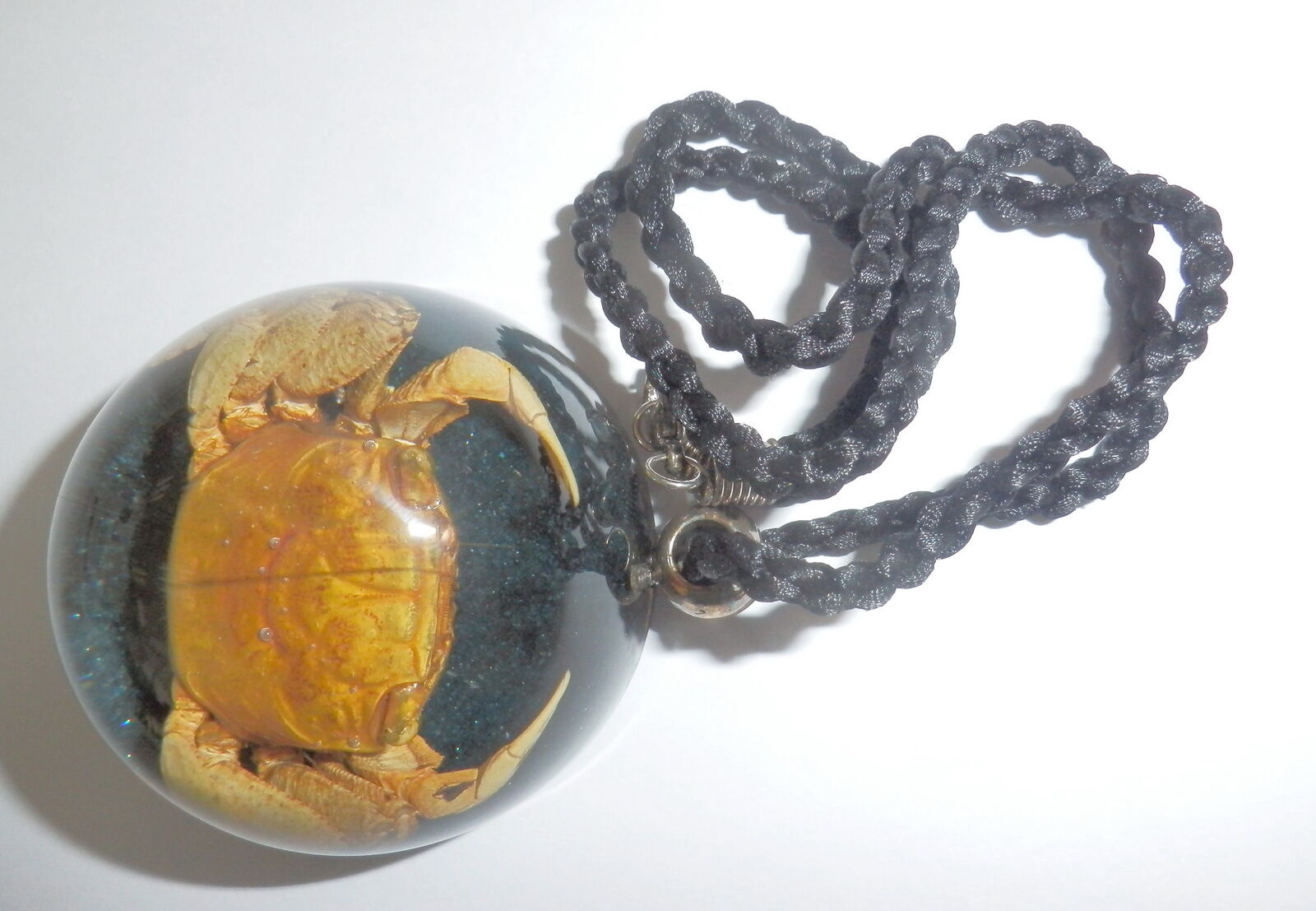-40%
1952 magazine article, Portuguese Man-Of-War, Jellyfish Aquatic Life, etc
$ 4.3
- Description
- Size Guide
Description
Selling is a 1952 magazine article about:Portuguese Man-Of-War, Aquatic Life
Title: Man-of-War Fleet Attacks Bimini
Author: Paul A. Zahl
Subtitled “Captured Invaders Reveal Their Remarkable Armament in Action for the Color Camera”
All about the Jellyfish etc found off Bimini.
Quoting the first page “It was late January, and I knew that the Gulf Stream, flowing northward between Bimini Islands and the Florida mainland, floated an enormous fleet awaiting the opportune moment to cast itself with full force against the nearest shore.
At 2 o'clock in the afternoon I had found a few battered craft thrown up on the beach of Bimini, westernmost outrider of the Bahamas (map, page 188). Now, 10 hours later, at midnight, I was bent on an espionage mission to determine whether more invaders might not be landing under cover of darkness! With the wind ablow and the moon half covered with streaming clouds, what better time for a landing assault en masse?
Spray from the pounding surf showered me as I made my way over the sand ridge and on to the dimly moonlit beach. I was almost oblivious of this wetting, for my senses were alert only to signs of landing craft. Here and there I again perceived some hulls half-buried in the sand, their rigging coiled about in wrecked disorder. But it was plain that the main attack had not yet begun; the big fleet was still offshore.
So I made my way back to my quarters, to be awakened some hours later by the sun of a bright tropical day. The force of the wind had diminished. I dressed speedily and retraced my course of the previous night.
Up over the ridge, down to the beach, and there, as far as my eyes could see, were the invaders, strewn by thousands upon the sand and stranded by the ebbing tide. In the surf a myriad more were being tossed and battered by the breakers. Bimini had been stormed by a vast armada of one of the most curious "dreadnoughts" on the high seas, the Portuguese man-of-war (page 190).
These long-tentacled creatures (Physalia pelagica) are members of that group of aquatic animals known commonly as jellyfish, technically as coelenterates. These include also the glamorous corals and sea anemones (pages 208 and 209). From the viewpoint of evolution they are among our planet's most primitive inhabitants, and their unique adaptations to the ruthless environment of the sea give them special status in the realm of Nature's fantasies.
I had only a textbook knowledge of this strange blue creature, and so, after a preliminary tour of the littered beach, I hastened back to the Lerner Marine Laboratory for collecting buckets and jumbo-size tweezers.
Returning to the beach, 1 approached the stranded men-of-war with caution. Some of them were still alive. Dropped into a bucket of sea water, they immediately reacted to the familiar environment and, despite the limited space, actually began to lower their tentacles in an instinctive search for prey.
While gathering and manipulating the specimens, I could not avoid an occasional light hand contact with the tentacle tissue. For a few minutes I would feel no distress, but gradually a painful burning sensation would set in. For hours it kept me uncomfortably aware of the tentacle poison's virulence.
Down on the beach that morning I had noticed some small Bimini boys hopping from one man-of-war to another, each time causing the air-filled organism to explode like a damp firecracker. Had my hands been as thickly calloused as their foot soles, I too should probably have felt no stinging aftereffects!
In the laboratory I transferred my buckets of specimens to large tanks filled with running water. Through the glass walls I could observe the heavily armed men-of-war in complete detail.
The Portuguese man-of-war consists essentially of a thin-membraned bladderlike chamber crested on top by a narrow ridge of air sacs. These form a "sail" which can be raised or lowered at will, enabling this armless, legless, and finless marvel to travel before the wind.
The sail with its underlying hull may be as long as nine inches and as wide as five. It shimmers a diaphanous blue in the sunlight, with splotches of reds, delicate pinks, and lavenders (pages 190-192).
That portion of the hull which lies in contact with the water surface is thick and jelly-like. In it are the digestive and reproductive tissues. From it extends a great pack of trailing blue tentacles which in the sea are…"
7” x 10”, 14 double-sided pages, 11 B&W and 31 color photos plus map.
These are pages from an actual 1952 magazine. No reprints or copies.
52B1
Please note the flat-rate shipping for my magazine articles. Please see my other auctions and store items for more old articles, advertising pages and non-fiction books.
Click Here To Visit My eBay Store: busybeas books and ads
Hundreds of items!
Anything I find that looks interesting!
Please see my other auctions for more
goodies, books and magazines.
I’ll combine wins to save on postage.
No postage charge for the ads or articles if you buy a book that I can mail the ads/articles inside.
Thanks For Looking!
Matthew 7: 7-8
Powered by
eBay Turbo Lister












